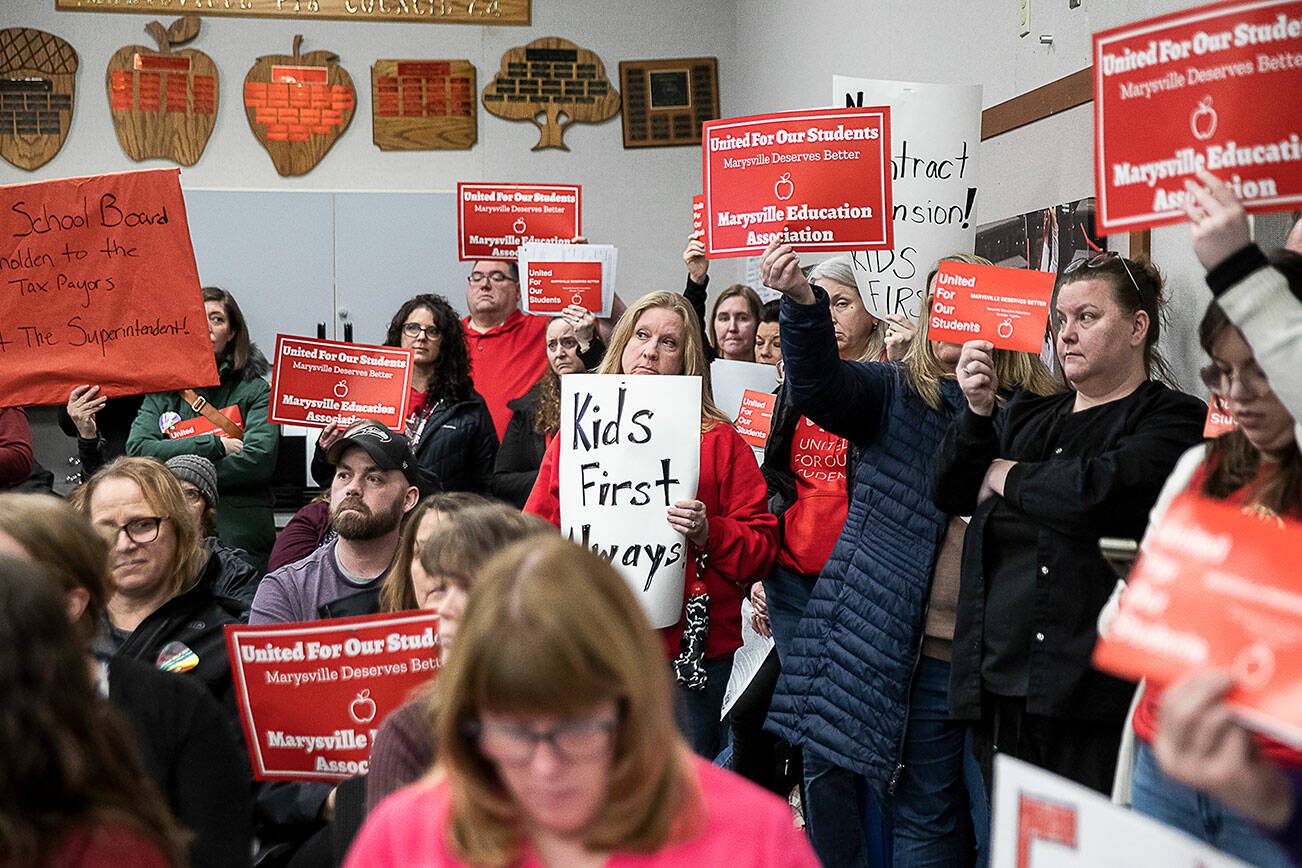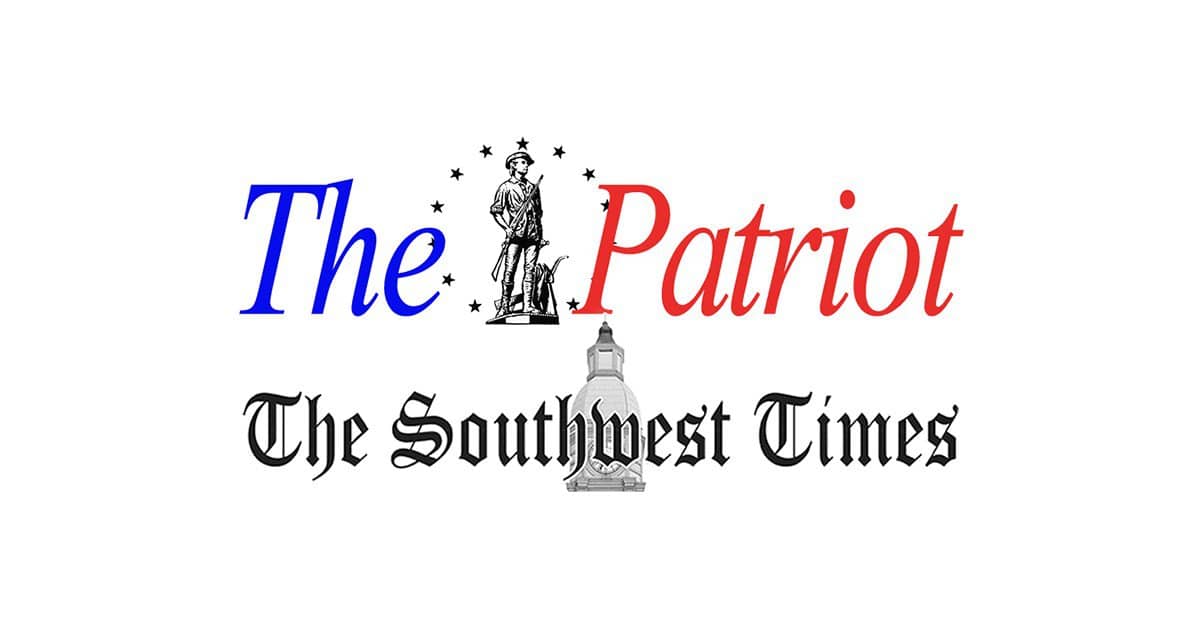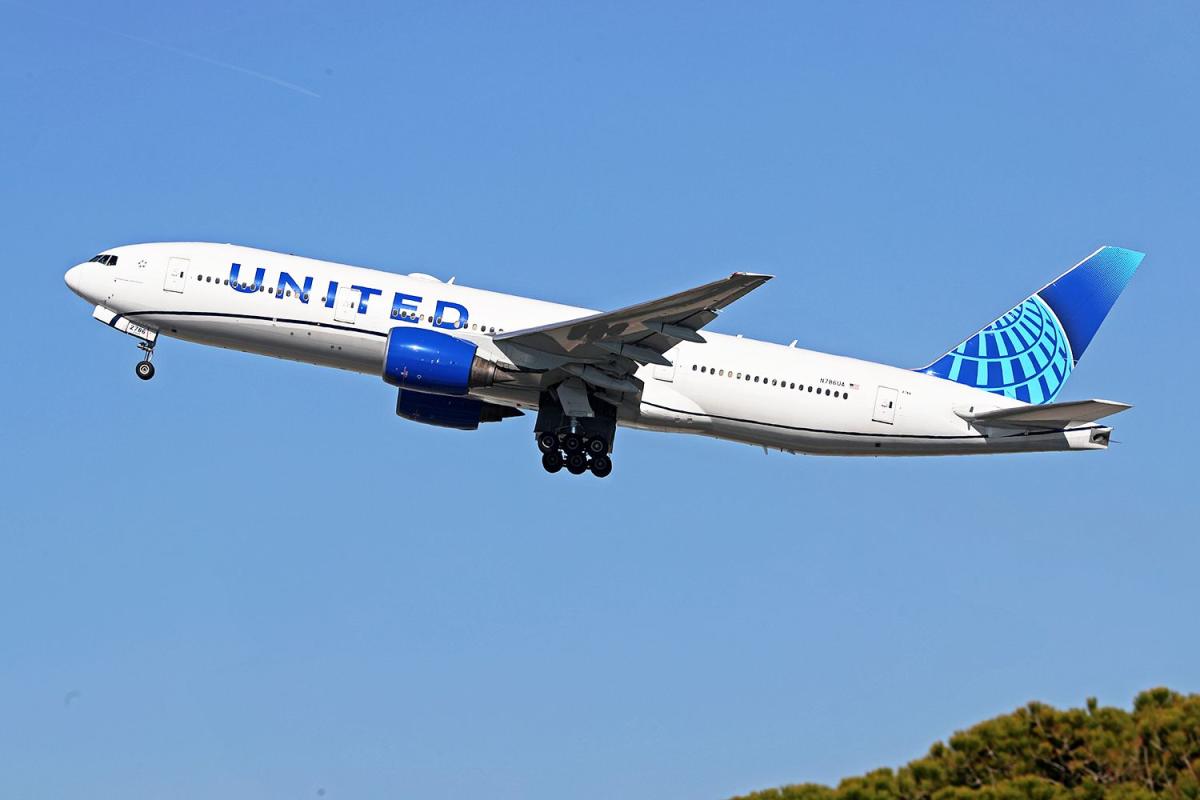MARYSVILLE – State auditors took another hard look at the Marysville School District last week, questioning the district’s ability to continue operating in a “uniquely perilous” financial situation.
In a report released August 5, state Auditor Pat McCarthy called the results of her office’s audit “rare and alarming.”
According to the report’s cover letter, the audit found no deficiencies in the district’s financial reporting or internal controls. However, auditors did make two findings, including one they classified as “extremely urgent.”
“The district’s financial situation poses a risk that it may not be able to meet its financial obligations or provide its services at current levels,” the audit said.
The auditors concluded that the school district’s financial condition had “significantly deteriorated” and raised “significant doubts about its ability to operate in the future.” The auditors refer to this as a “going concern determination.”
According to auditors, Marysville is the first school district to receive such a finding since the Vader School District closed in 2007.
“This is the most alarming audit of a public school’s finances in 17 years,” McCarthy said in a news release. “Local leaders have a financial and civic responsibility to right their ship. There is too much at stake for Marysville and its children.”
On Wednesday, the district responded to the audit, criticizing the auditor’s press release for omitting details of the double-tax failure that was responsible for most of the budget problems.
“It is disappointing to read a press release and statements in the audit report that place the district in a position that causes the community to question its viability,” the district wrote. “The district has worked hard to address and correct past practices and solidify systems and structures to achieve a balanced budget and ultimately remove binding conditions.”
The district also called the emphasis on the district’s current financial situation in the press release “unusual” given that the audit’s focus was on the 2022-2023 school year.
Auditors agreed that the focus was on 2022-2023, but noted that the report also included unaudited data from the following school year. State auditors said this is common practice.
“We have not seen the district take proactive steps to improve its financial situation,” Kelly Collins, the office’s local audit director, said Friday.
After projecting an $18 million budget deficit last August, the district entered into “binding conditions” that forced school officials to work with the state to address the financial shortfalls. Marysville is the largest school district in the state to ever face such conditions. District leaders agreed to submit a financial recovery plan by the end of the 2025-2026 school year.
The financial health of a government agency is often measured in “days of operating expenses,” or how many days of operating expenses the district’s general fund account can cover. A healthy benchmark, according to state auditors, is 60 days.
According to the audit, Marysville could only support 18.6 days at the end of the 2023 fiscal year and minus 11.6 days in June of this year. This means the district had more expenses than it had money available in its account.
“A clean audit does not change the fact that we face significant financial challenges,” said district spokeswoman Jodi Runyon. “The district continues to work diligently to make cuts and right-size its budget.”
A rocky road
The Marysville School District has been plagued by a financial crisis for several years.
The district lost $25 million because the double levy was not collected in 2022. Although voters approved a reduced levy for four years last year, the district did not receive that money until June.
From then on the problems continued.
In March, the district learned it had lost its membership in the risk management pool, a form of financial protection similar to insurance. The risk pool cited a sharp increase in claims, poorly maintained buildings and the district’s failure to comply with its agreement to a court settlement.
The following month, the state superintendent’s office found the district’s first budget “non-compliant,” with cash balance calculations showing discrepancies of up to $3 million, numerous inconsistencies, and insufficient funds remaining through the end of the 2025-2026 school year.
The district later submitted a second budget, which the state accepted. This budget called for closing two schools, eliminating some educational programs, and eliminating several positions.
Officials later announced that Cascade Elementary, Liberty Elementary and Totem Middle School were at risk.
In May, Finance Director Lisa Gonzales accused the district of “violations of the law, inaccurate state reporting and nepotism” before her contract expired. In June, both School Board President Wade Rinehardt and Human Resources Director Alvin Cooper resigned.
That same month, the superintendent’s office notified the district that its actions were inconsistent with the approved financial plan. This, along with the loss of these key employees, made it impossible for the district to “fully implement its plan to restore financial stability.”
The state has established an unprecedented financial oversight committee to oversee Marysville’s future path.
Committee member JT Kelly said last week the district provided timely information to the committee. Runyon said the meetings went well.
If Marysville does not get the situation under control, the superintendent’s office will take more drastic steps.
Runyon said district officials have already made $6 million in savings. Additional cuts will focus on staffing after enrollment is confirmed for the upcoming school year. Runyon stressed that these cuts will be made at all levels.
A one-way street
In a statement released Thursday, acting school board chairman Connor Krebbs called on the community to work together. He also urged the state to “look inward and determine whether or not its school funding decisions are student-centered.”
Ron Friesen, a Marysville resident and volunteer with Best Schools Marysville, agreed.
“I agree with the auditors that this is a very, very bad situation, and it’s unprecedented in this state,” Friesen said Friday. “What the auditors don’t acknowledge is the influence that Washington state had on this as well. We made a mess here, but we had a lot of help from the state.”
Friesen said the double-deposit failure that caused these financial problems is only one piece of the puzzle and that the state has failed to support the district given its number of low-income families. Last school year, more than 57% of Marysville students came from low-income families, according to state data. In Everett, that figure drops to 44.5%. In Lake Stevens, it’s less than a third.
“Taxes should be levied on extras, not on basic needs,” said Friesen. “Because taxes have to cover basic needs, we lose our extras.”
School district officials said rising inflation and stagnant or declining enrollment numbers have hurt many schools across the country. Since the 2018-2019 school year, Marysville’s enrollment has dropped by more than 1,200 students, falling to just over 10,000 last school year, state data show.
“The financial burden schools face today is new territory for everyone,” Runyon said.
As a member of the community, Friesen called for more government funding and more power for teachers and school boards.
“I have no confidence that the people in the administration can provide the leadership needed to get us out of this situation,” Friesen said. “The teachers in the classroom, the people on the front lines will find the solutions.”
The district is determined to continue its operations despite these challenges.
“Every child will have a classroom and a teacher, and classes will start on time,” Runyon said. “The district is committed to providing a quality education to all students, even in the face of this financial crisis.”
Connor Zamora: 425-339-3037; [email protected]; Twitter: @cgzamora02.




